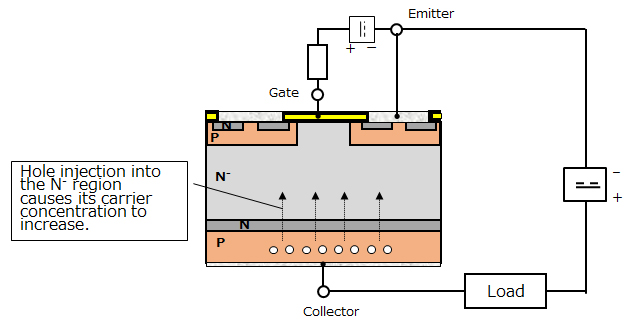- 型号 & 关键词搜索
- 交叉搜索
- 参数搜索
- 库存查询与购买
This webpage doesn't work with Internet Explorer. Please use the latest version of Google Chrome, Microsoft Edge, Mozilla Firefox or Safari.
请输入3个以上字符 Search for multiple part numbers fromhere.
The information presented in this cross reference is based on TOSHIBA's selection criteria and should be treated as a suggestion only. Please carefully review the latest versions of all relevant information on the TOSHIBA products, including without limitation data sheets and validate all operating parameters of the TOSHIBA products to ensure that the suggested TOSHIBA products are truly compatible with your design and application.Please note that this cross reference is based on TOSHIBA's estimate of compatibility with other manufacturers' products, based on other manufacturers' published data, at the time the data was collected.TOSHIBA is not responsible for any incorrect or incomplete information. Information is subject to change at any time without notice.
请输入3个以上字符
什么是电导率调制?

当IGBT和其它双极型器件(*1)导通时,载流子注入高电阻漂移层会导致其电阻率降低。这称为电导率调制。
IGBT和其它高压开关器件中的N漂移层很厚,掺杂浓度低。因此,N漂移层的电阻率极高。当栅极-发射极和集电极-发射极通路发生正偏置时,IGBT导通,如下所示。此时,空穴从集电极P区经N区注入N-区。因此,高电阻N-区中的载流子浓度增加,导致其电阻率降低。最后,其正向电压降减小,使IGBT成为具有低导通电压的开关器件。
导通期间的这种电导率增加(即电阻率降低)即称为电导率调制。
(*1)双极型器件作为一种半导体器件,同时将电子和空穴用作电荷载流子进行电流导通。相反,MOSFET等单极器件仅使用一种类型的电荷载流子。

